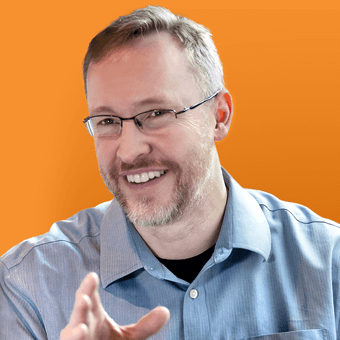Posted on: 29 November 2023

What to Measure Mathematically in UX?
With the growing popularity of machine learning and AI, it seems the number of mathematical techniques available to understand people’s experience with systems is almost limitless. In practice, there are only a few things you typically really measure or try to model.
Some examples of things to measure in UX:
- Answers to a survey for a population of users. Answers are user attributes. You can then classify them into different groups/segments (and personas in some cases).
- The number of errors a user makes on a task with a given digital application. This tells you something about the effectiveness of the relationship between the user and the application.
- The number of calls someone makes to customer support before they switch to another service provider. You can model and/or predict this relationship success metric statistically.
- The total number of people in a hospital who came in through the emergency department. This is a (potentially) large number of combinations of relationships between elements in the more extensive societal and healthcare system, so modelling might be challenging. Still, an empirical statistical pattern might be viable to help drive design.
While your friendly neighbourhood data scientist (or AI) looks for patterns in numbers, a UX professional (researcher in particular) can look for the connection between various parts of a system. Together, you will illuminate what’s happening between people, technologies, and organizational processes and then design what supports these insights and business goals.
Comments
Related Articles



